Wasp Galls on Acacia Flowers. (Trichilogaster sp.)
Life cycle
There are countless kinds of woody galls that form on the leaves, stems and flowers of various plants. The round galls (sometimes called apple galls) in the inflorescences of Acacias are caused by a wasp which lay her eggs in the young flower buds. These wasps belong to the genus Trichilogaster of the family Pteromalidae. Some species are known to lay up to 400 eggs. When they do so, they also inject chemicals into the bud which causes the abnormal woody growth known as a gall. The wasp grubs then feed on this plant material from within. Eventually they will pupate and then eat their way out. The adult females are short lived surviving just 2 – 3 days.
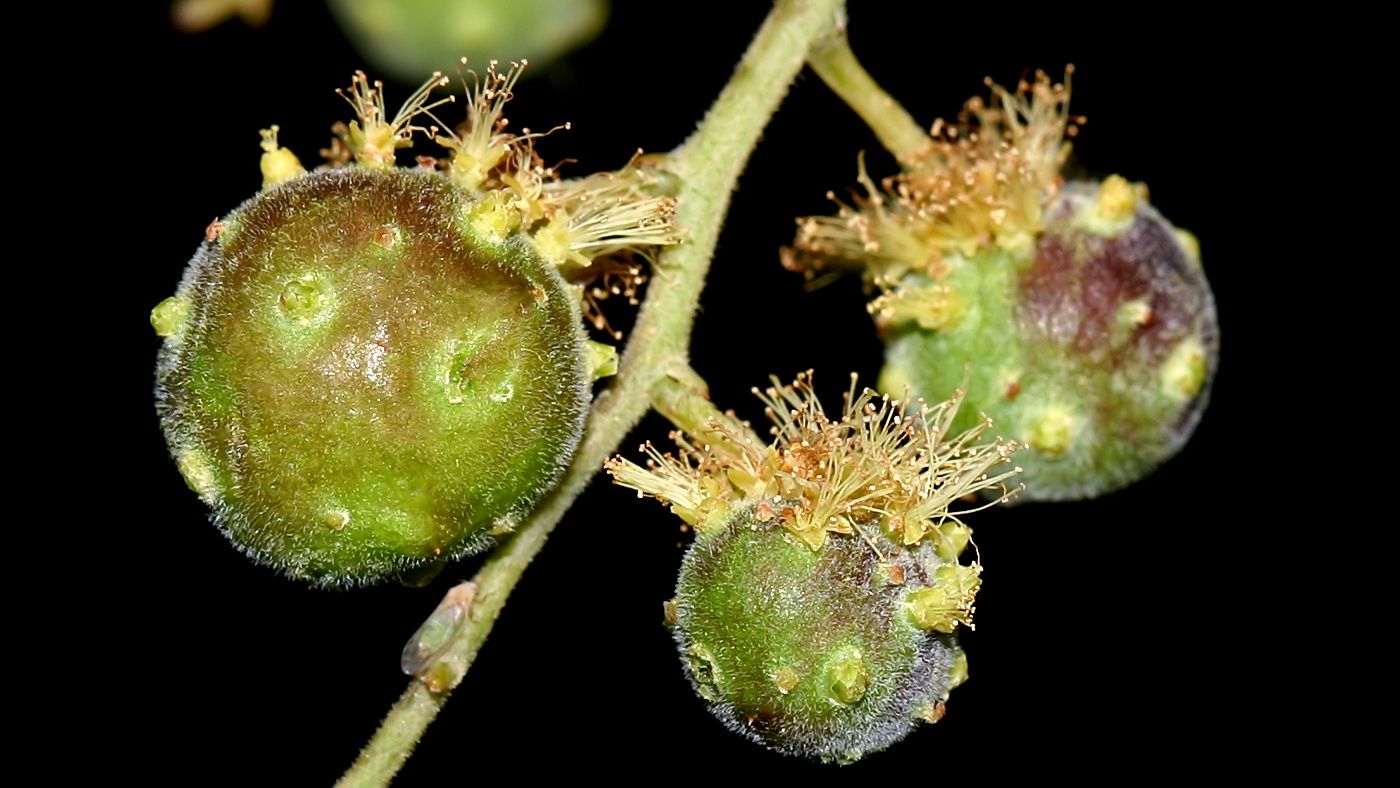
Galls on Acacia dealbata, The Silver Wattle. You’ll notice in the photos that the plant is making a pretty good effort at flowering, despite the galls, but they will not set seed.
A biological control agent
As you may imagine, there is potential here for a lot of stress and damage to the tree as well as a reduction in it’s ability to set seed. For this reason one species, T. acaciaelongifoliae, has been introduced to South Africa as a biological control agent for Acacia longifolia. So, you may wonder why our own Acacias here in Australia are not being wiped out. It’s because we have something the South Africans don’t want. There are a range of parasitoid wasps that keep the gall wasp population in check. These lay there eggs in the galls and their grubs feed on the gall wasp grubs. OK, so what stops the parasitoids from wiping out the gall wasps? Simple – we have a range of hyperparasites which keep the parasitoid wasps in check. In fact, in one study, “twenty-one insect species were reared from galls formed by T. acaciaelongifoliae on Acacia species in Tasmania”.
Trichilogaster spp. in Tasmania
There are at least 10 Trichilogaster species in Australia. From what I’ve read, T. trilineata is the most likely species to seek out Acacia dealbata so it is the most likely candidate for the galls in the first photo above, which I photographed along the Mersey River at Latrobe. Having said that I cannot find any reference indicating this species is present in Tasmania.
The next three photos were taken in my backyard. These are Acacia longifolia sophorae, also known as the Coastal Wattle. This is the same species that has become a problem in South Africa after being introduced there. The galls in these shots are likely to have been produced by T. acaciaelongifoliae which, if you did not already notice, even takes it's name from the host plant. This species is definitely present in Tasmania.
Some more photos
The first shot below shows some healthy flowers.
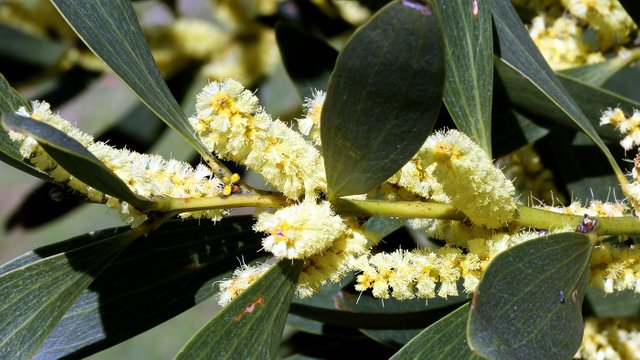
Healthy inflorescences on Acacia longifolia sophorae, The Coastal Wattle
Next a is an inflorescence with just one gall. It will get larger.
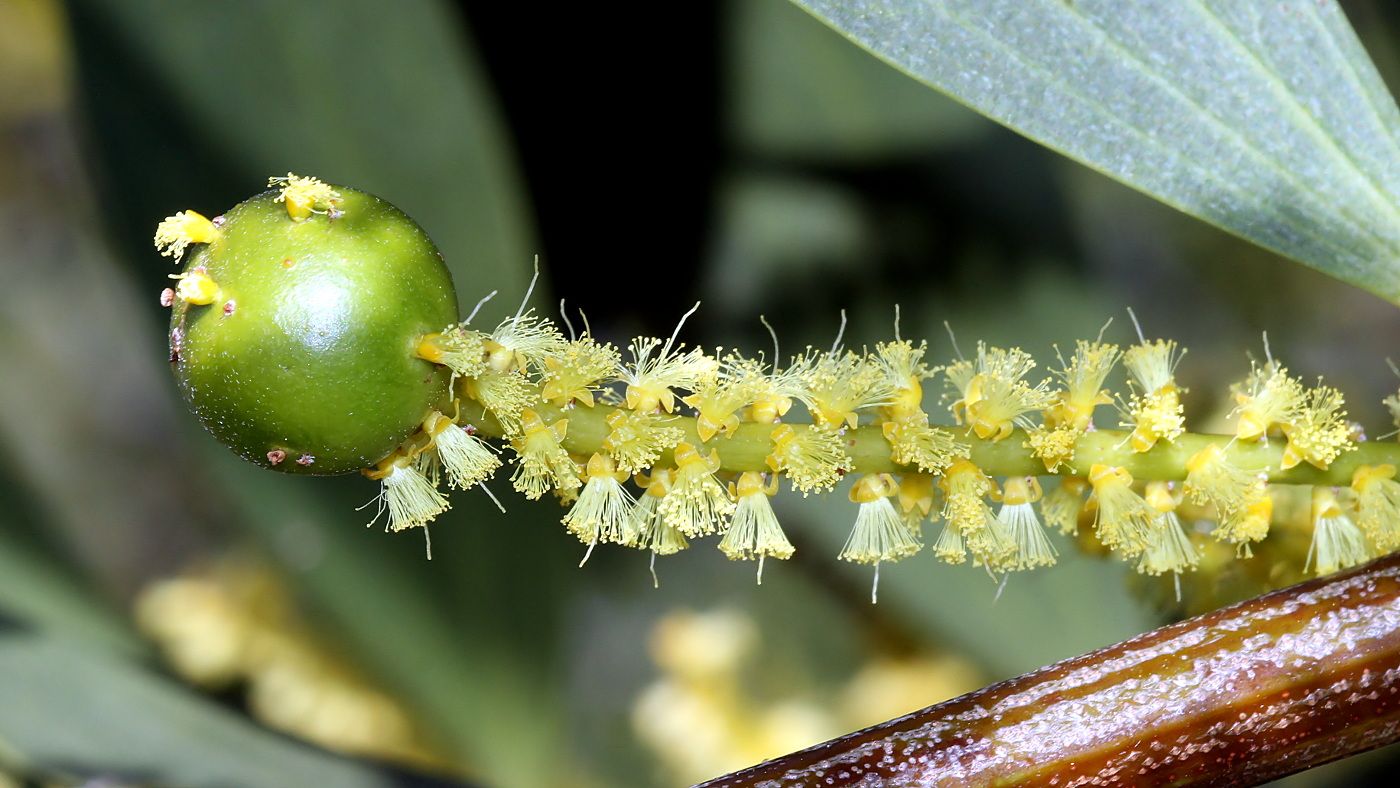
A wasp, Trichilogaster sp., has injected the bud, triggering gall growth.
The galls are quite moist and fleshy inside. Each one has several small grubs which are slowly eating the gall.
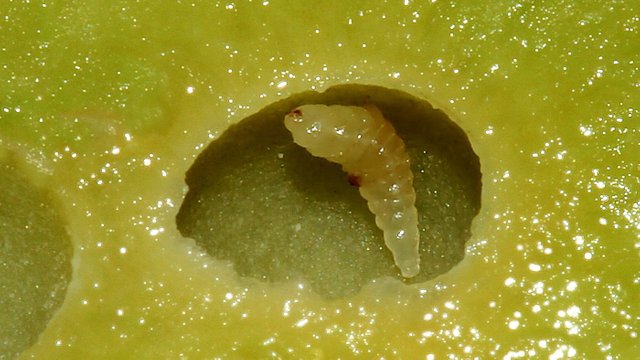
Larva of the gall wasp, Trichilogaster sp..
The old woody galls can remain on the plant for years after the wasps have emerged.
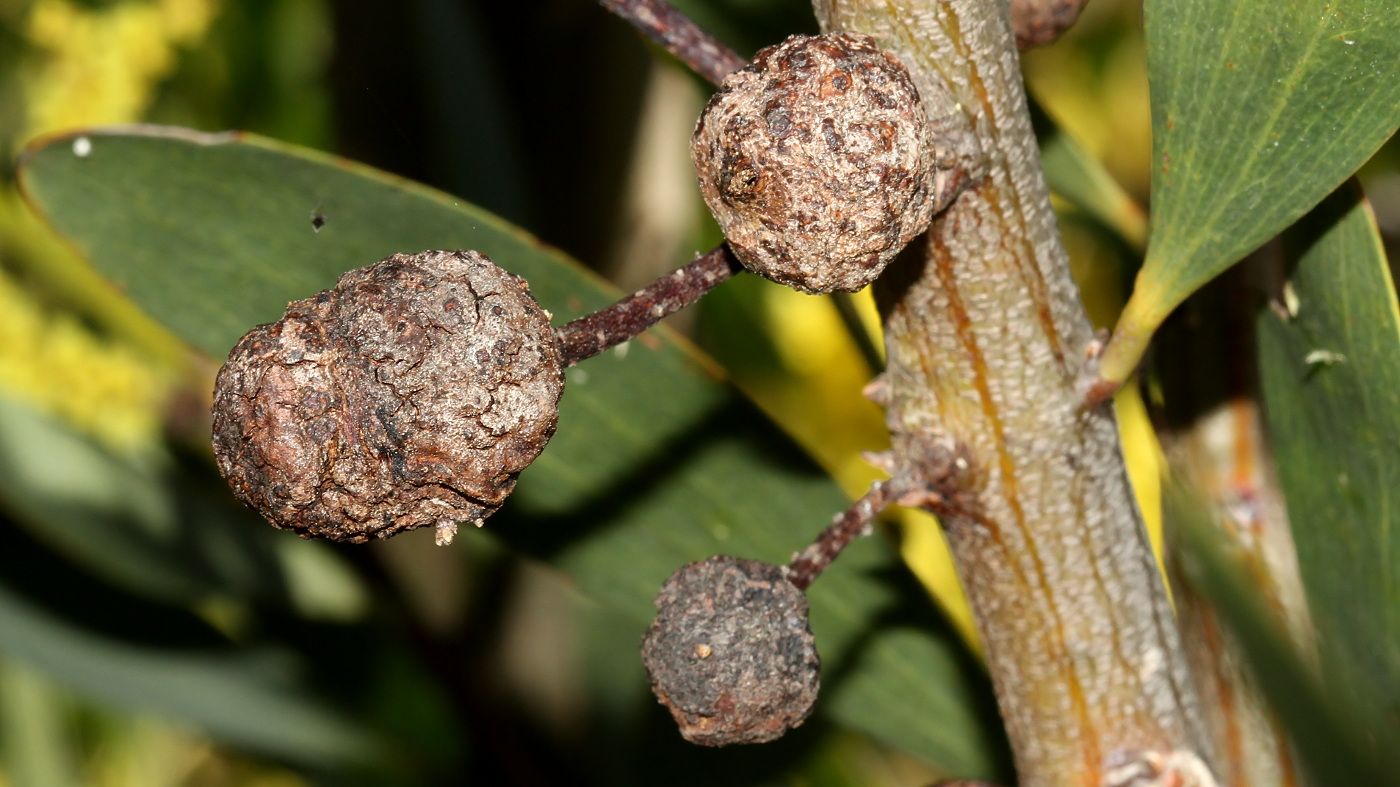
References and Further Reading:
- Bashford, R. 2004, The insects associated with galls formed by Trichilogaster acaciaelongifoliae (Froggatt) (Hymenoptera: Pteromalidae) on Acacia species in Tasmania. – Australian Entomologist, 2004 (Vol. 31) (No. 1) 5-12 – Entomological Society of Qld
- Blanche, Rosalinf (2012). - Life in a Gall - The Biology and Ecology of Insects that Live in Plant Galls. - C.S.I.R.O Publishing.

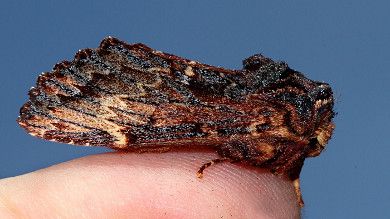
Backyard Mothing Part 2 - Ten Moth Photos 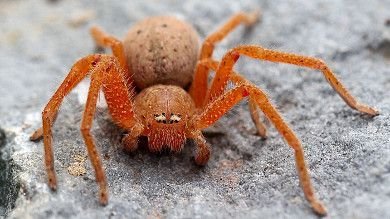
The Badge Huntsman Spider 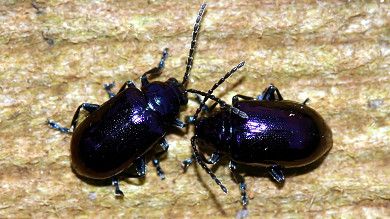
The Blue Metallic Flea Beetle 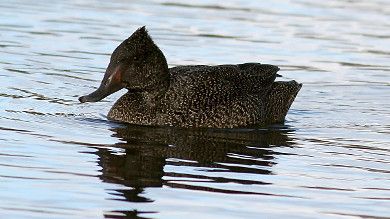
Rare Freckled Ducks Vist Tasmania |
This post received a 2.62% upvote from @randowhale thanks to @mostly.nature! To learn more, check out @randowhale 101 - Everything You Need to Know!
This post recieved an upvote from minnowpond. If you would like to recieve upvotes from minnowpond on all your posts, simply FOLLOW @minnowpond
We have wasp galls as well. They usually appear on oak trees for us. Great photos! I've never been brave enough to open one.
I used to see galls on the oaks in Scotland. We called them Oak apples. I kept some in a box once until the wasps emerged.
Yikes! Nope! I'll not be keeping anything in the house from which wasps might emerge.
The cycle of nature never ceases to amaze me. I have never opened a gall to see what was inside. Thanks for showing us this...
Thanks. Glad you found it interesting.
wow, never heared about galls before<schoooOled :p
awsome info and great pics :D 💗
Thank you. We all learn something every day ☺
woohoo, yes we do, so thank you :D